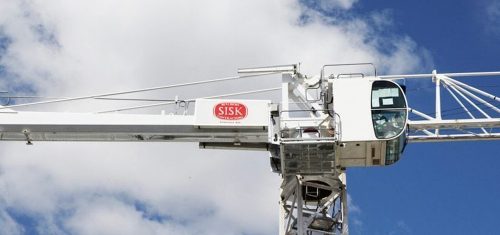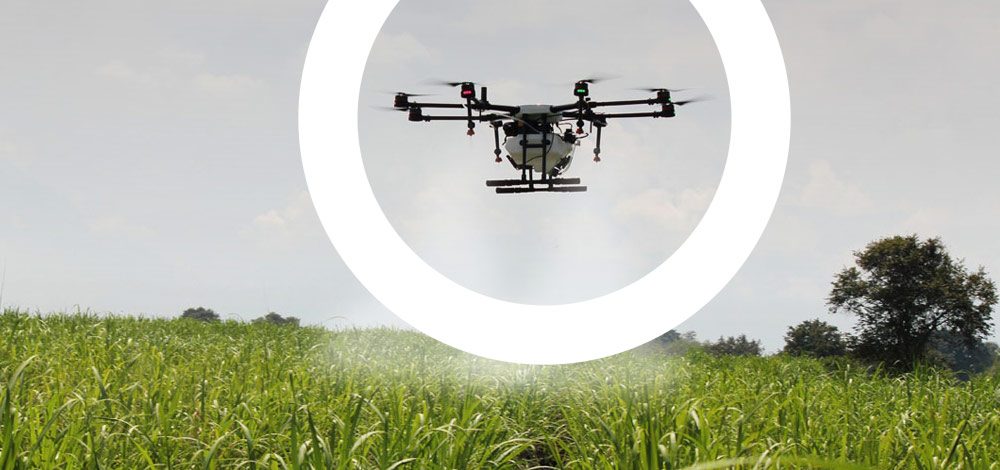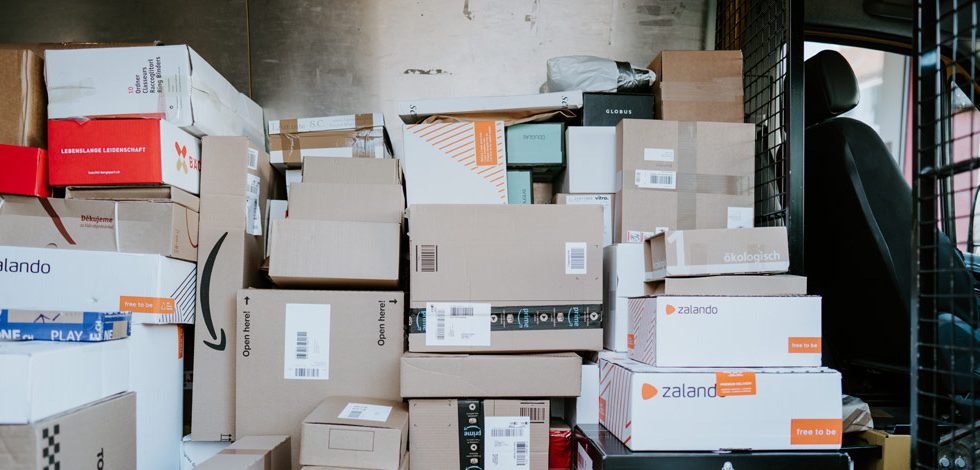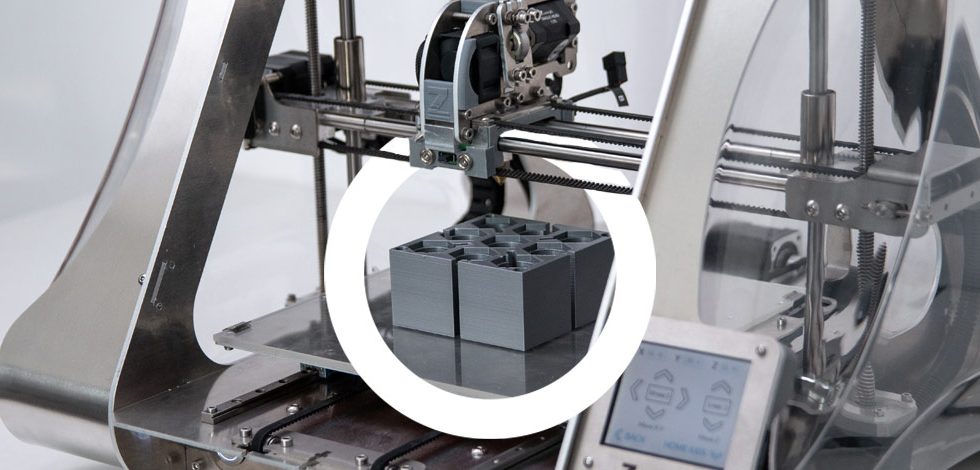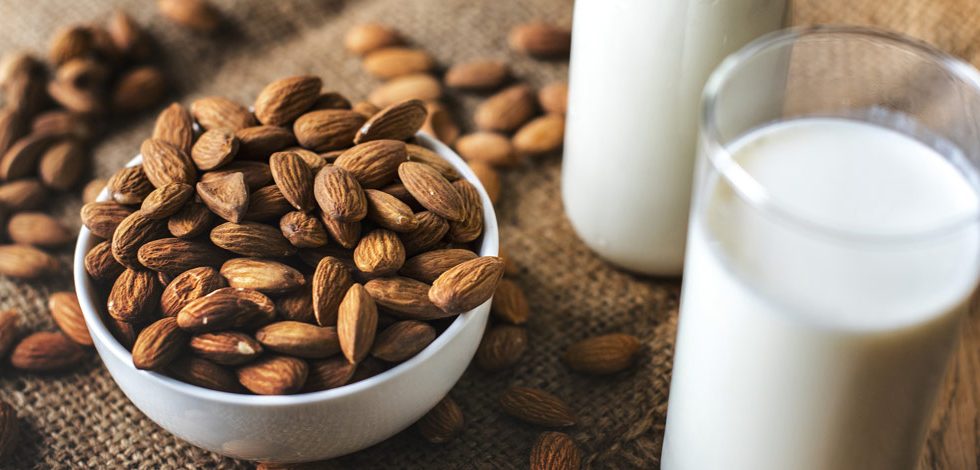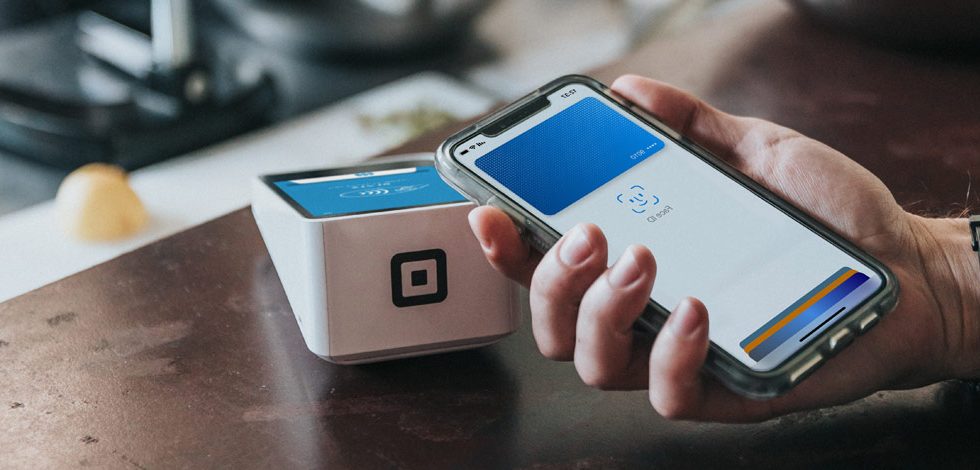Predicting trends in a fast-moving sector like the food and beverage industry is never easy. Consumer preferences are fickle and manufacturers are forever finding new formulas to indulge them. But a fresh wave of innovation is breaking – and with it, old habits and consumption patterns.
Over the last decade, the food and beverage industry has doubled in size, outpacing many other industrial sectors. In 2015 the value of the global food, beverage and grocery sector was $7.8 (£6.0) trillion. Packaged food was worth almost a third – $2.5 (£1.9) trillion.
Ashley Pollock, Senior R&D Consultant, has identified five significant patterns within the food and beverage sector, which will intensify the pace, breadth and depth of innovation in the food sector through 2019 and beyond.
Here Ashley looks at Disruptive Tech as one of the key trends.
Innovation in the food sector is rapid, and digital technology is accelerating the pace of change, and increasing its scale. The domination of the mega A-brands – doubling down on their massive economies of scale and production volumes – is over. Mass production continues of course, but in a more fragmented and complex market. The onus is on being smarter, better, quicker and more agile – from product development and design through production and operations to sales and delivery.
Tech is transforming how we shop for and order food
In that delivery box may be raw produce (Amazon Fresh), meal-kit ingredients and recipe cards (Gousto, HelloFresh, Mindful Chef, etc.) or ready-to-eat dishes, perhaps cooked up in a Deliveroo pop-up kitchen. Digital tech and big data are changing the way people shop, cook and eat. Apps and smart watches may tell the wearer exactly what to eat and when. Artificial intelligence and the internet of things will render our current shopping habits obsolete. From ordering up your food delivery via Alexa to auto-replenishment by the fridge, the 55 million smart devices in our homes by 2020 are the future ‘super’ market.
Who knows, perhaps one day when you exceed your target weight, the programmable weighing scales will cancel your refrigerator’s re-stocking order, placing calorie-controlled diet meals in the online basket instead, for delivery by driver less car, or drone, or your Shipt service, or collected on your commute home at Target’s Drive Up?
In the meantime, food shops too will be transformed – till-less, with automatic customer identification and basket auto-fill. And virtual retail portals will appear in railway stations or wherever time-poor consumers can be tempted to order their groceries.
Learning from the more nimble start-ups, food companies are building their digital capacity, gathering enormous amounts of data and improving the way they service the customer at each and every touchpoint. Digitalisation is also improving efficiencies throughout their supply chains.
The speed of change is so swift that the only prediction we can comfortably make is that, within just a few years, these disruptive technologies will change the food sector in ways that become the everyday, but few of us can currently imagine.

